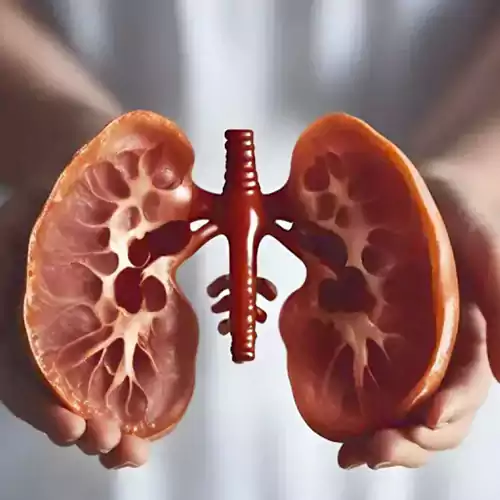Kidney disease can get worse over time and may lead to kidney failure. If less than 15 percent of your kidney is working normally, that’s considered kidney failure. You may have symptoms from the buildup of waste products and extra water in your body.
The more you know about kidney failure ahead of time, the better prepared you may be to make a treatment choice and take charge of your care.

Learn about kidney failure treatment options early. Three treatment options filter your blood— hemodialysis, peritoneal dialysis, and kidney transplant. A fourth option—conservative management—offers care without dialysis or transplant. Each treatment has pros and cons, and your choice will affect your daily life.
Hemodialysis is a treatment to filter wastes and extra water from your blood. A machine pumps your blood through a filter outside of your body and returns filtered blood to your body. You can have this treatment in a center—usually three times each week—or at home.
Peritoneal dialysis is a treatment for kidney failure that you can do at home. This type of dialysis uses the lining of your belly to filter wastes and extra fluid from your body.
During transplant surgery, a healthy kidney from a donor is placed into your body. The new, donated kidney does the work that your two kidneys used to do. After your transplant, you will need to take medicines every day to make sure your immune system doesn’t reject the new kidney.